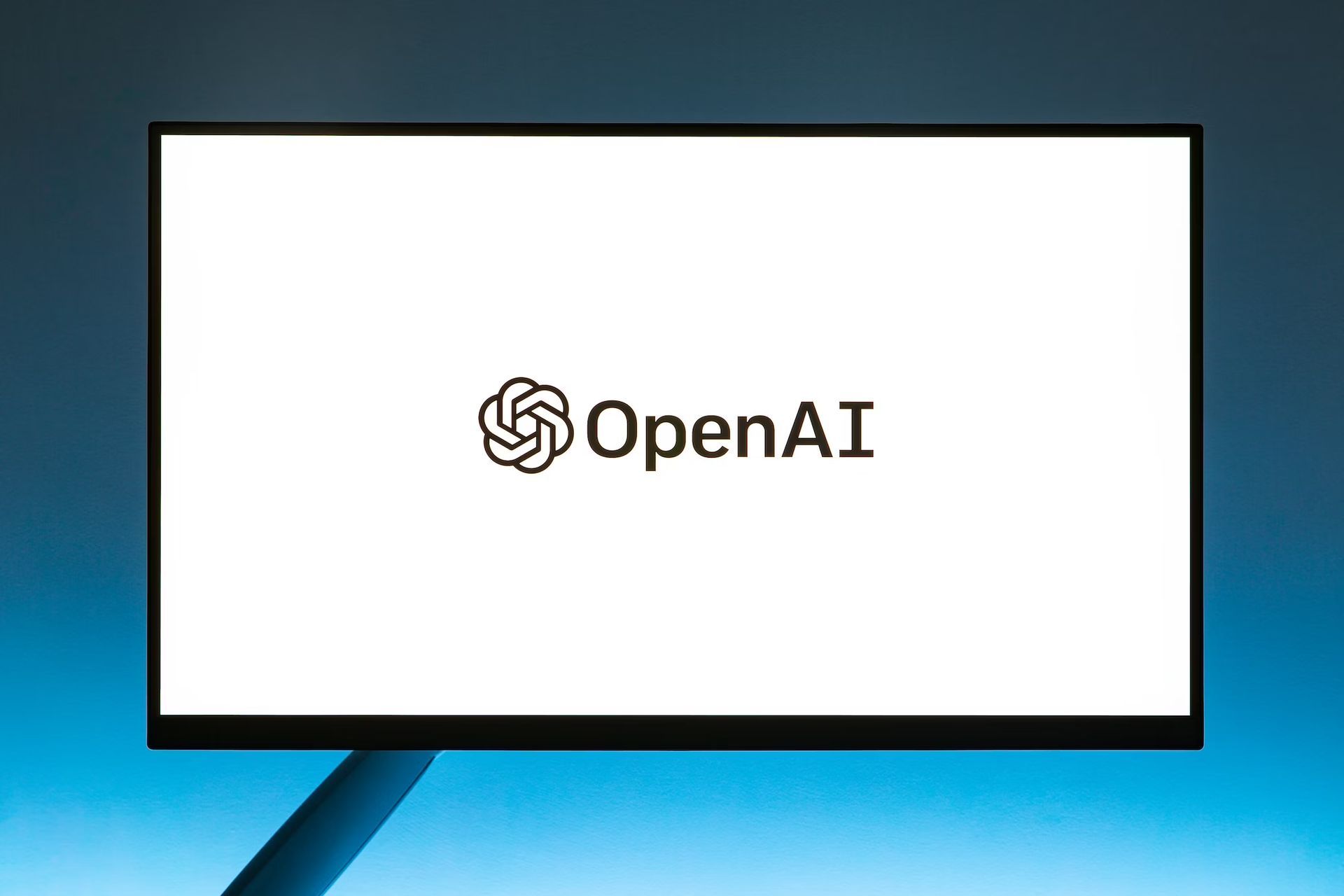OpenAI has made headlines today with its announcement of GPT-4’s general availability to developers through the GPT-4 API. As of this afternoon, existing OpenAI API developers, recognized for their “history of successful payments,” will be granted access to the sophisticated capabilities of GPT-4. OpenAI’s roadmap also indicates an extended roll-out to new developers by the end of the month, with subsequent plans for a broader availability increment “depending on compute availability.”
Interest in the GPT-4 API has surged since March, with “millions of developers requesting access.” OpenAI shared in a blog post the exciting spectrum of innovations underway using GPT-4, and has articulated a vision for a future where “chat-based models can support any use case.”
OpenAI pushes GPT-4 API to the public
What sets GPT-4 apart from its predecessor, GPT-3.5, is its enhanced capability to generate text, inclusive of code, while also accommodating image and text inputs. The model’s “human level” performance on a variety of professional and academic benchmarks further emphasizes its remarkable progression. As with preceding GPT models from OpenAI, GPT-4 utilizes a training regimen comprising publicly accessible data, such as that sourced from public webpages, in conjunction with licensed data.
However, the unveiling of the image understanding feature has been carefully orchestrated. OpenAI has currently collaborated with a single partner, Be My Eyes, for preliminary testing. A timeline for expanding this capability to the wider customer base remains unspecified.
While GPT-4 represents a significant milestone in generative AI models, it’s important to underscore that it’s not without its limitations. The model occasionally “hallucinates” facts, making reasoning errors, sometimes with confidence. A particular challenge it struggles with is not learning from experience, which leads to potential issues such as injecting security vulnerabilities into generated code.
In terms of future developments, OpenAI has made clear its intentions to allow developers to fine-tune both GPT-4 and its somewhat less powerful counterpart, GPT-3.5 Turbo. These customizations, facilitated by the use of developers’ own data, align with the personalization capabilities of several other OpenAI text-generating models. According to OpenAI, developers should be able to anticipate the arrival of this new feature later this year.
In the wake of GPT-4’s reveal in March, the landscape of generative AI has seen a dramatic escalation in competition. Anthropic, a notable contender, recently amplified the context window of Claude, its primary text-generating AI model still under preview, extending it from 9,000 to a staggering 100,000 tokens. This context window refers to the segment of text that the model considers before generating further text, with tokens representing chunks of raw text. For instance, the word “computer” would be divided into the tokens “com,” “put,” and “er.”

Previously, GPT-4 held the record for the largest context window, boasting an impressive 32,000 tokens at the upper end. In general, models with limited context windows tend to “forget” the contents of even recent conversations, leading them to digress.
In a simultaneous announcement, OpenAI divulged the general availability of its DALL-E 2 and Whisper APIs. The former is OpenAI’s image-generating model while the latter, “Whisper,” denotes the company’s speech-to-text model. OpenAI also shared its plans to phase out older models available through its API in an effort to “optimize [its] compute capacity.” The decision arises in response to OpenAI’s recent struggles to meet the burgeoning demand for its generative models, a surge largely attributable to the explosive popularity of ChatGPT.
How can ChatGPT generate Windows keys: An interview
As part of this transition, from January 4, 2024, specific older OpenAI models, specifically GPT-3 and its variants, will be discontinued and replaced with a new set of “base GPT-3” models, assumedly designed for greater compute efficiency. Developers dependent on the old models will need to manually update their integrations by January 4. Moreover, those intent on continuing with the use of fine-tuned older models beyond this date will need to fine-tune replacements using the new base GPT-3 models.
“We will be providing support to users who previously fine-tuned models to make this transition as smooth as possible,” OpenAI wrote. “In the coming weeks, we will reach out to developers who have recently used these older models, and will provide more information once the new completion models are ready for early testing.”
10 things you can do with GPT-4 API
- With the expansive narrative abilities of the GPT-4 API, the generation of intricate novels, complete with convoluted plotlines and in-depth character development, is revolutionizing the domain of literary creation.
- The GPT-4 API paves the way for the emulation of strikingly realistic dialogue, mirroring the authenticity and precision of human interactions.
- The GPT-4 API showcases proficiency in instantaneous language translation, effectively bridging communication gaps across a wide array of languages and cultures.
- The GPT-4 API, armed with advanced data analytics, facilitates accurate predictions of stock market trends, providing invaluable insights for market participants.
- With the ability to craft highly realistic virtual environments that echo real-world dynamics, the GPT-4 API enhances immersion in arenas such as gaming and virtual reality.
- The capacity of the GPT-4 API to generate complex computer code makes it an indispensable ally for software developers.
- The GPT-4 API can interpret and analyze medical data, aiding in the accurate diagnosis and prediction of various health conditions.
- Leveraging its advanced language generation prowess, the GPT-4 API ensures the rapid and accurate generation of legal documents.
- The GPT-4 API demonstrates an ability to interpret consumer data and generate customized marketing content, effectively resonating with targeted audiences.
- The GPT-4 API has the potential to drive scientific innovation by analyzing vast volumes of scientific data to uncover new insights in fields as diverse as chemistry, physics, and biology.
Featured image credit: Jonathan Kemper/Unsplash





